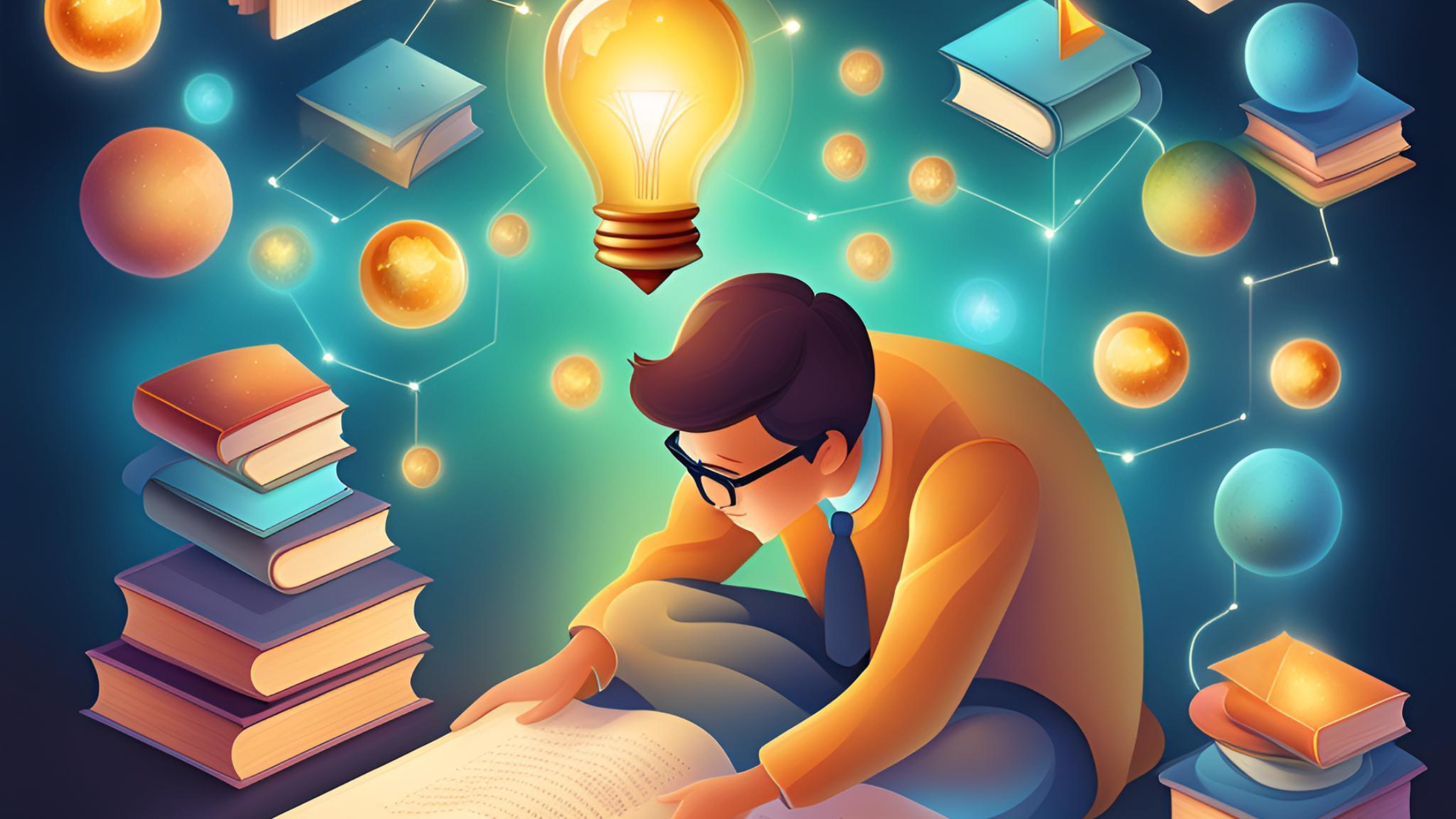Problem-Pointers to Problem-Solvers: Empowering Teams Through Skills Development
Every organization has its share of "problem-pointer-outers,” employees quick to highlight issues but hesitant to propose solutions. While identifying problems is important, thriving in the age of AI and technological evolution requires a workforce of proactive problem solvers.
But here’s the truth: this transformation isn’t just about training programs or certifications. Upskilling and reskilling initiatives must go hand-in-hand with a cultural mindset shift. The tools are only as powerful as the mindset of the person wielding them.
Shifting the Mindset: Courage, Curiosity, and Ownership
At the core of workforce development lies the need to instill three essential traits: courage, curiosity, and ownership. Problem solvers don’t wait for instructions; they explore new ideas, experiment with solutions, and take ownership of outcomes.
However, building this mindset isn’t about finger-wagging or motivational posters. It requires embedding a cultural narrative where innovation is celebrated, curiosity is encouraged, and mistakes are viewed as learning opportunities. For example, leaders can spotlight employees who tackled a challenge creatively, even if their approach wasn’t perfect.
The key is creating a safe space for experimentation. When employees feel empowered to fail, they’ll start seeing obstacles not as roadblocks but as puzzles to solve.
Upskilling and Reskilling: A Strategic Imperative
With technology advancing faster than ever, upskilling and reskilling initiatives must go beyond just teaching new tools. They need to prepare employees to adapt, think critically, and solve problems in dynamic environments.
To truly empower your workforce:
- Tie Training to Real-World Problems: Theoretical knowledge has its place, but training is most effective when tied to practical, day-to-day challenges. Use simulations, labs, and case studies that replicate real scenarios employees face.
- Foster Cross-Functional Knowledge: Problem-solving often lies at the intersection of domains. Encourage employees to learn skills outside their primary roles, breaking down silos and fostering collaboration.
- Teach Systems Thinking: Help teams see the bigger picture. By understanding how their actions impact the organization as a whole, employees become more strategic and resourceful.
Leadership’s Role in Development
Leadership must model the behavior they wish to see. This means being proactive problem solvers themselves and empowering their teams to do the same. Avoid micromanaging and instead, guide employees to ask: What can I do to solve this? or How might I approach this challenge differently?
Leaders should also focus on removing barriers to growth. Whether it’s providing access to mentorship, scheduling time for learning, or recognizing employees’ efforts, leadership must actively cultivate an environment where development flourishes.
Building a Self-Reliant Workforce
Ultimately, the goal of workforce development is to foster self-reliance. A self-reliant workforce doesn’t just adapt to new challenges, it embraces them as opportunities to innovate. This transformation starts with tying skill-building efforts to a cultural shift, one that moves from reactive finger-pointing to proactive, solution-oriented thinking.
At UnleashU, we’ve seen firsthand how organizations unlock new levels of innovation and efficiency when their teams take ownership of both problems and solutions. The path forward is clear: empower your people, shift the mindset, and watch them transform obstacles into opportunities. The future of work is here - are you ready?


